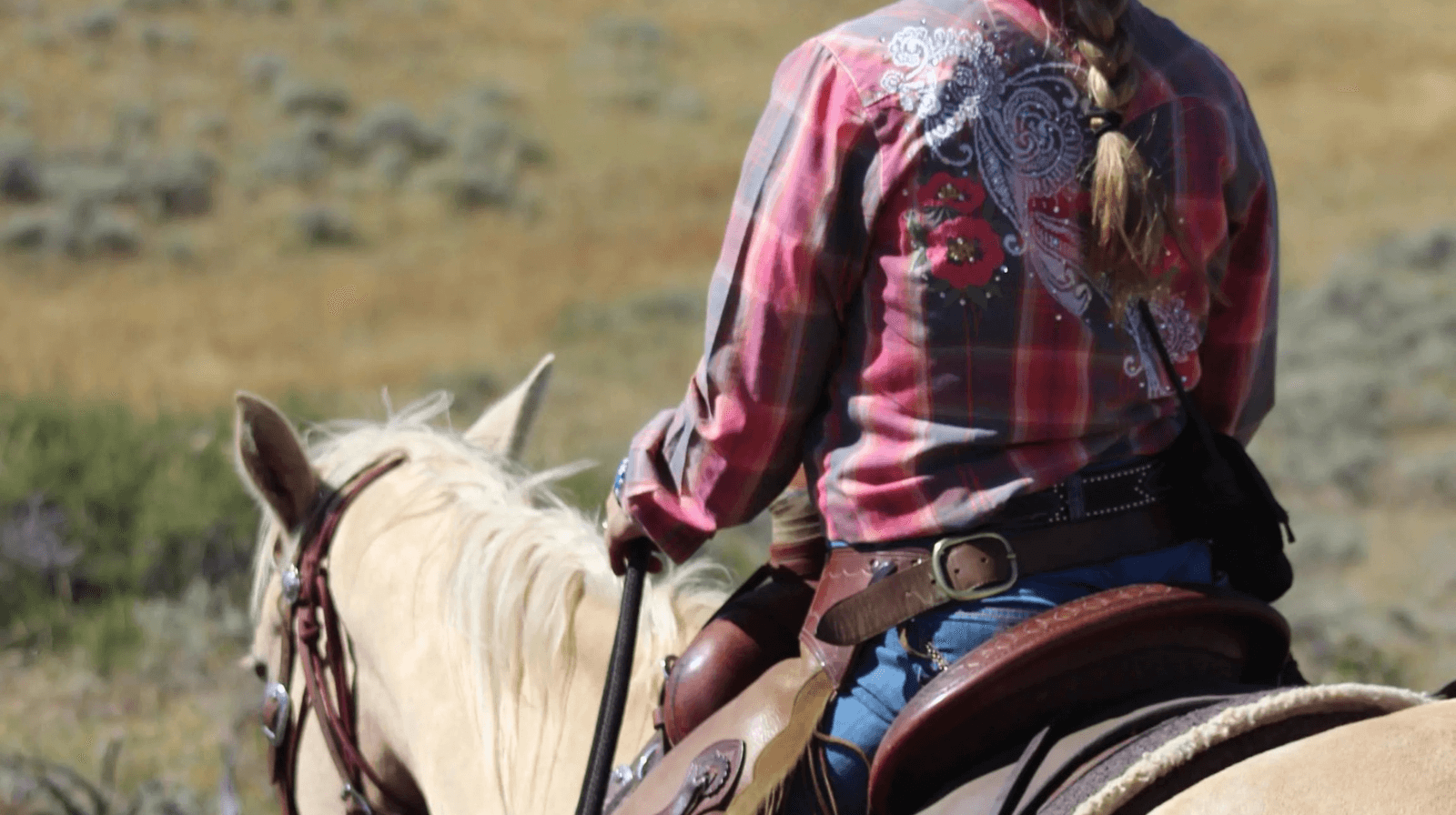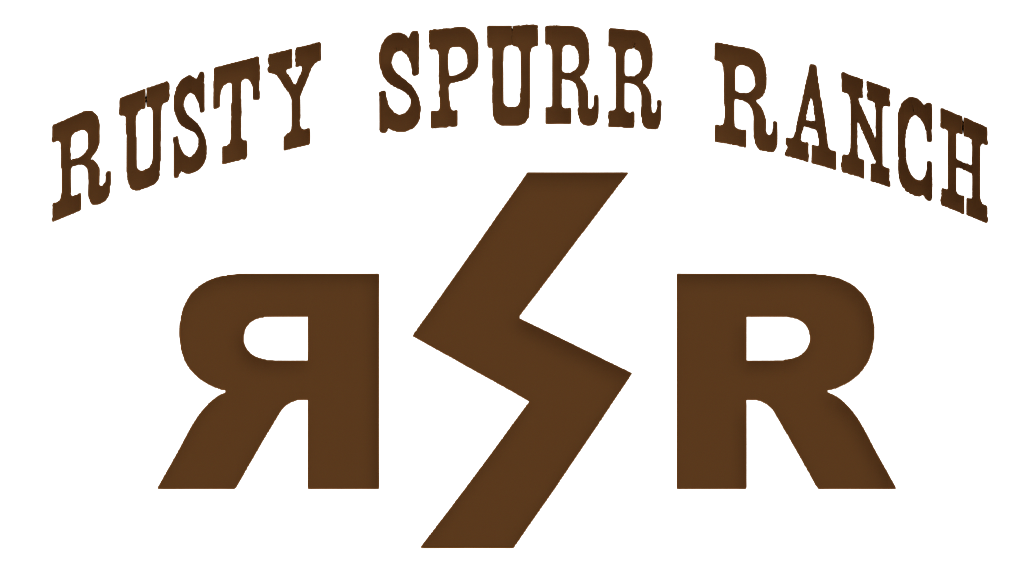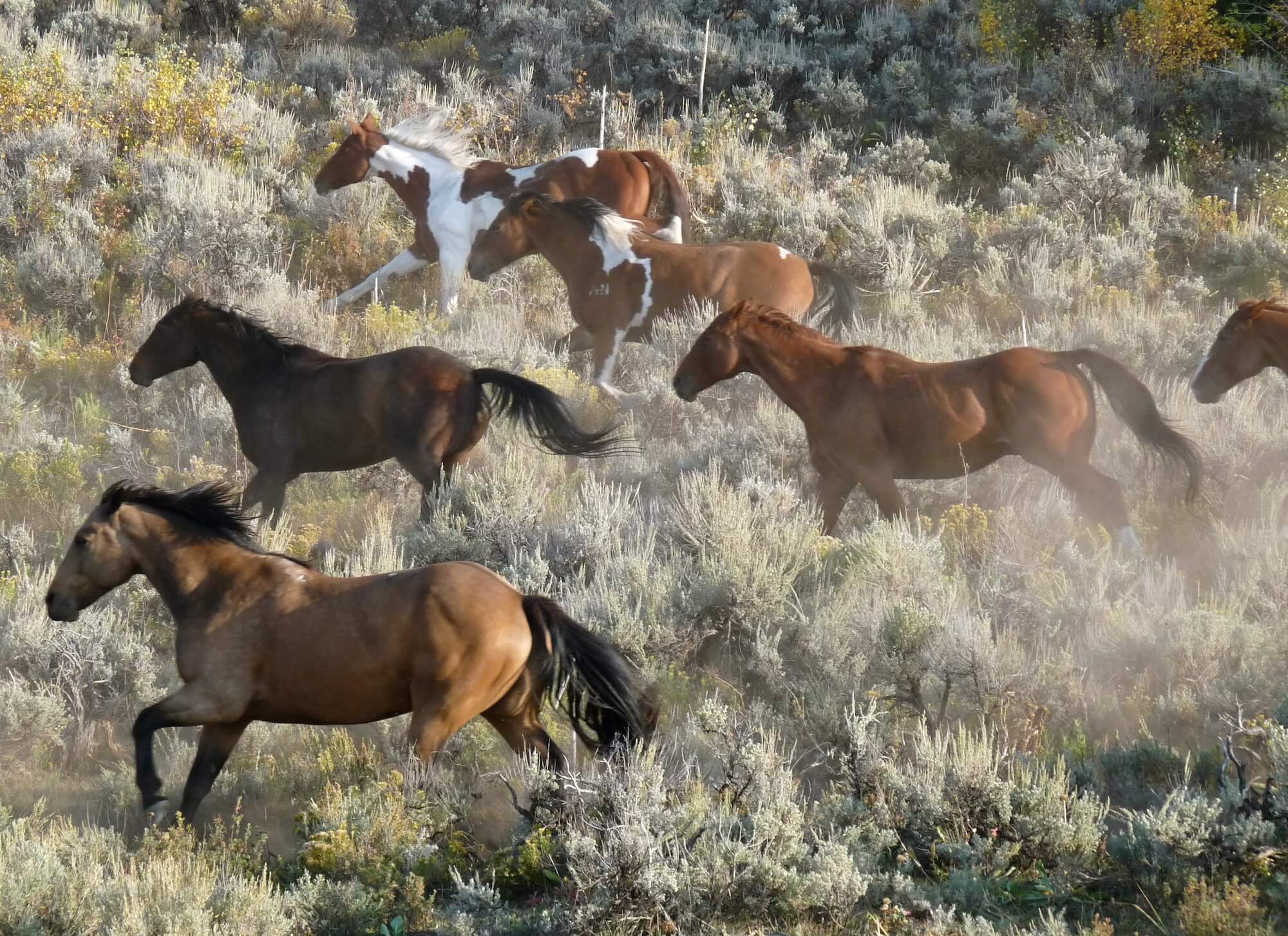
Master These Beginner Safety Tips and Ride Like a Pro at Rusty Spurr Ranch!
Welcome to Rusty Spurr Ranch, where your horseback riding adventure begins! If you’re new to riding, don’t worry—we’re here to help. Riding a horse can be exciting, but safety is super important. That’s why we’ve created this guide to make sure your ride is both fun and safe.
At Rusty Spurr Ranch, we offer unique, off-trail riding experiences in Colorado’s beautiful wilderness. Whether you’re a beginner or just need a refresher, these safety tips will help you feel confident and ready. From understanding horse behavior to basic riding techniques, we’ve got you covered.
So, saddle up and get ready for an unforgettable journey through Colorado with Rusty Spurr Ranch!
Understanding Your Horse

A horse with forward ears showing his awareness on a trail ride at Rusty Spurr Ranch.
Understanding horse behavior is key to having a safe and enjoyable ride. Horses communicate through body language, and learning to read these signals can help you respond appropriately. For instance, if a horse’s ears are pinned back, it might be feeling threatened or annoyed. On the other hand, a relaxed horse will have ears that are forward or to the side, and its body will appear loose and calm. Knowing these signs will help you build a better connection with your horse.
For more detailed insights on horse behavior, check out the Basics of Equine Behavior.
Horses also use their tails to communicate. A swishing tail can indicate irritation or attempts to dislodge flies, while a clamped tail may signify fear or discomfort. Pay attention to your horse’s nostrils as well—flared nostrils can show excitement or fear, while relaxed nostrils often indicate a calm horse. By observing these cues, you can anticipate your horse’s needs and reactions, making your ride smoother and safer.
Building Trust with Your Horse
Building trust with your horse is essential for a smooth ride. Start by spending time with your horse before the ride. Gentle grooming and speaking softly can help your horse feel more comfortable with you. Always approach your horse calmly and confidently, as horses can sense and react to your emotions. Consistency in your actions and commands will further strengthen your bond, making your horse more responsive and cooperative during the ride.
Engage in groundwork exercises like leading your horse in hand, stopping, and backing up. These activities reinforce your leadership and help your horse learn to trust and follow your cues. Use positive reinforcement, such as petting or praise, to reward your horse for good behavior. Remember, a confident and relaxed rider helps create a confident and relaxed horse.
By understanding horse behavior and building trust, you’ll create a partnership that ensures a safe, enjoyable ride every time. This connection adds to your riding experience and your appreciation for these magnificent animals.
Mounting and Dismounting
Safe Mounting Techniques
Mounting a horse might seem tricky at first, but with a few tips, you’ll be up in the saddle like a pro. First, always check your tack to ensure everything is in working order and secure. Approach your horse from the left side and hold the reins in your left hand. Place your left foot in the stirrup and, with a smooth motion, lift yourself into the saddle. Swing your right leg over and gently settle into the seat. Keep your movements calm and steady to avoid startling your horse.
For more detailed guidance, check out How to Mount and Dismount Your Horse.
Safe Dismounting Techniques
Dismounting is just as important as mounting. To dismount safely, halt your horse and remove your feet from the stirrups. Lean slightly forward, swing your right leg over the horse’s back, and gently lower yourself to the ground. Make sure you land softly to avoid startling your horse. Always dismount calmly and confidently, maintaining control of the reins throughout the process.
Practicing these mounting and dismounting techniques will help you feel more secure and in control, ensuring a safe and enjoyable riding experience at Rusty Spurr Ranch. Remember, a smooth start and finish to your ride sets the tone for a great adventure!
Basic Riding Techniques
Holding the Reins
Gripping the reins properly is crucial for effective communication with your horse. Hold the reins in one hand for western riding, with a gentle but firm grip, making sure they are even in length. Imagine you’re holding a couple of delicate bird eggs—you want to be firm enough that they don’t fall but gentle enough not to crush them. Keep your hands steady and close to your horse’s neck to maintain control.
Using Your Legs and Seat
Your legs and seat are powerful tools for guiding your horse. Use gentle squeezes with your legs to signal your horse to move forward, and shift your weight slightly in the saddle to cue turns. Sit up straight with your shoulders back and relax your hips. Think of your body as a spring—flexible yet strong, absorbing the horse’s movements. This helps you stay balanced and in tune with your horse.
Controlling Your Horse
Mastering the basic commands is essential for a smooth ride. To get your horse moving, give a gentle squeeze with your legs. To stop, sit back slightly, gently pull the reins. For turning, apply gentle pressure with your opposite leg (the leg farthest away to the direction you want to turn) and guide your horse’s head in the direction you want to turn with the opposite rein pulling across the horse’s neck. Remember to be consistent with your cues to avoid confusing your horse.
Trail Riding Etiquette
Trail riding with others is a fantastic way to enjoy the great outdoors, but it’s important to follow some key etiquette rules to ensure everyone has a great time. First, maintain a safe distance between horses—not nose-to-tail, but with enough space so each horse feels comfortable and isn’t tempted to kick. This spacing (6-10 feet) helps prevent accidents and keeps everyone safe. Communication is also crucial; use verbal cues to let others know if you’re slowing down, stopping, or changing direction. Simple phrases like “slowing down” or “turning left” keep everyone informed and coordinated.
For more helpful tips, check out 5 Horseback Riding Tips for Trail Riders (All Levels).
Respecting the Environment
When you’re out on the trail, it’s important to respect the environment to keep it beautiful for future rides. Stick to designated paths to avoid trampling plants and disturbing wildlife. Always carry out what you carry in—leave no trace by picking up all trash and belongings. If you need to stop for a break, choose areas that are already impacted rather than creating a new spot. Your actions help preserve the natural beauty of the trails and ensure they remain pristine for others to enjoy.
Handling Common Issues
Dealing with Nervousness
Feeling nervous about horseback riding is totally normal, especially if you’re new to it. The key is to stay calm and focused. Take deep breaths and try to relax your body. Horses are incredibly sensitive to their rider’s emotions, so the more relaxed you are, the more relaxed your horse will be. Talk to your horse in a soothing voice and give it gentle pats to reassure both of you. Remember, your guides at Rusty Spurr Ranch are there to help and support you, so don’t hesitate to ask for advice or assistance.
What to Do if You Fall
Falls can happen, but knowing how to handle them can prevent injury and keep you safe. If you do fall, try to tuck and roll away from your horse to avoid being stepped on. Once you’re on the ground, stay still for a moment to assess yourself for any injuries. Check for pain or discomfort before getting up. Make sure your horse is calm and secure, then signal to your guide for assistance. Remember, it’s important to stay calm and composed, as panicking can escalate the situation. Safety first, always!
FAQs
What should I wear for my ride?
For your ride, wear comfortable clothes that you don’t mind getting a bit dirty. Long pants like jeans are best to protect your legs, and sturdy, closed-toe shoes with a slight heel are ideal. Be prepared for any weather by dressing in layers.
How do I know if my horse is happy?
A happy horse will have relaxed ears, a calm demeanor, and soft eyes. It might also nuzzle or lean into you, showing affection. Listen to your guides at Rusty Spurr Ranch—they can help you understand your horse’s behavior.
What should I do if my horse starts to run?
If your horse starts to run unexpectedly, stay calm and sit deep in the saddle. Gently pull back on the reins and use a firm, calm voice to say “whoa.” Try to relax and avoid pulling too hard on the reins, as this can cause the horse to panic. Never scream as that scares the horse.
Is it safe for children to ride?
Absolutely! Rusty Spurr Ranch offers rides suitable for children 8 years old and up, with experienced guides to ensure safety. Children must wear helmets which we can provide. The ranch provides gentle horses and tailored rides to make the experience fun and safe for kids.
Conclusion
With these beginner safety tips under your belt, you’re all set for an unforgettable horseback riding adventure at Rusty Spurr Ranch! From understanding your horse’s behavior to mastering basic riding techniques, you’ll be riding like a pro in no time. Remember, staying calm and confident is key. Embrace the experience, enjoy the breathtaking Colorado scenery, and make memories that will last a lifetime.
Ready to saddle up and hit the trails? Book your ride today at Rusty Spurr Ranch and embark on the adventure of a lifetime! Book Now.



